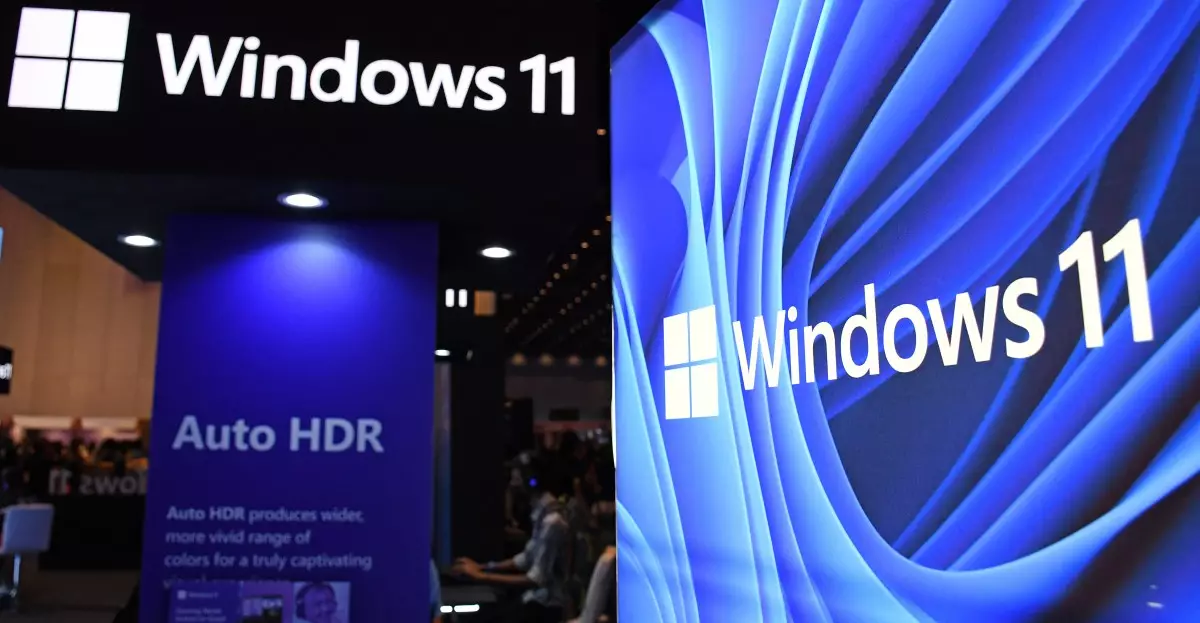In the wake of recent rumors and viral complaints, the tech community appears eager to pin SSD failures on Windows 11 security updates. Sensational headlines and social media buzz have painted Microsoft as the villain, implying that these updates are a catalyst for hardware catastrophes. However, a closer examination reveals a complex interplay of factors that challenges this simplistic narrative. Rather than assigning outright blame to Microsoft, it’s vital to scrutinize the underlying root causes—namely, firmware mismanagement and user oversight. This situation underscores the importance of understanding the responsibilities that come with managing high-tech hardware and the pitfalls of jumping to conclusions based on incomplete information.
Firmware: The Hidden Culprit in Hardware Failures
Phison, a leading controller manufacturer, has clarified that the reported SSD issues stem largely from “early versions of firmware and BIOS,” used on test hardware and not reflective of consumer-ready products. Test environments often utilize early or preview firmware versions to evaluate new hardware, which naturally lack the refinements of stable releases. These versions are inherently more prone to bugs and compatibility issues, especially when paired with other components, such as BIOS or system drivers that may also be in developmental stages.
This revelation shifts the narrative away from Microsoft’s security updates and toward firmware management. Many users and tech influencers failed to distinguish between pre-release firmware (used by testers) and the firmware embedded in retail SSDs. As a result, they falsely attributed failures to Windows updates, when in fact, outdated or unstable firmware was the true culprit. It is a potent reminder that hardware manufacturers and users must prioritize firmware updates and ensure their systems are equipped with thoroughly tested, stable software before blaming external OS updates for failures.
The Role of User Vigilance and Hardware Maintenance
The incident highlights a broader issue in the tech ecosystem—users often neglect routine maintenance and firmware updates, which are crucial for hardware stability. It’s tempting to dismiss firmware as an arcane, technical detail, but these updates are vital for compatibility, security, and performance. Ignoring them—in favor of shortcuts like skipping updates—can expose systems to preventable failures, which are then wrongly attributed to unrelated causes like OS updates.
Furthermore, the prevalence of misinformation exacerbates confusion. Popular influencers, who may not always verify technical details, contributed to hysteria around Windows 11 updates causing SSD failures. Their large followings amplify misconceptions, leading consumers to believe their hardware is inherently unreliable when, in most cases, the issue is a failure to maintain updated firmware.
It’s vital for both manufacturers and users to adopt a proactive stance. Manufacturers must provide clear guidance and streamlined tools for firmware updates, while users should cultivate habits of regular system maintenance and cautious software testing—especially before rolling out major OS updates. Only through collective accountability can hardware stability be assured and unfounded blame minimized.
Lessons for the Future of Hardware-Software Integration
This controversy exemplifies the dangerous assumptions that often permeate the tech community—namely, that software updates can directly and catastrophically harm hardware. While software and firmware are intertwined, blaming updates without context is shortsighted. It underscores a larger need for integrated testing and communication between hardware manufacturers and OS developers.
Moving forward, industry players must establish more transparent channels for firmware updates, ensuring they are accessible, reliable, and properly communicated to end-users. At the same time, consumers need to become more educated about maintaining their systems, recognizing that hardware stability depends on a combination of well-crafted firmware, robust BIOS, and sensible user practices. Only through this balanced approach can we mitigate such failures and foster a more resilient, informed technology ecosystem.

